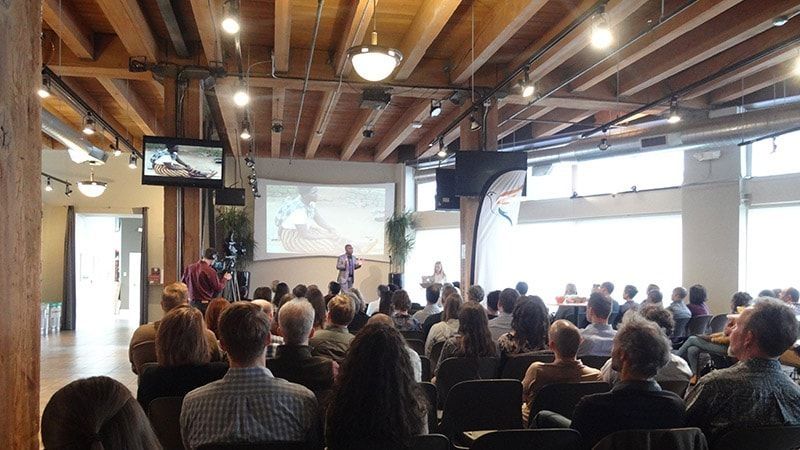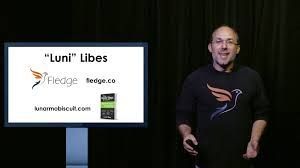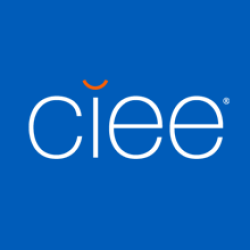Applying to Accelerators: Increasing your chances of success
Luni Libes has founded or co-founded six of his own companies, and is head of Fledge Accelerator in Seattle, Wa. We’re thrilled to have him on the eLab Advisory Board and to be able to share his insights and expertise. Fledge is a global network of conscious company accelerators and seed funds, helping entrepreneurs create impactful companies, After recieving hundreds of applications reviewed by Fledge, there are a series of common patterns that lead to rejections, no doubt frustrating the applicants, and similarly frustrating the screeners. here is Luni's summary of those applications which should privde you an insight into how to better achieve a more successful application.
1. Team, lack thereof
The number one criteria that Fledge seeks is a strong team. If you’ve can’t even convince a friend to call themselves a member of your team, then you are unlikely to convince an accelerator you alone are the right team. There is simply too much for one person to do to start a company alone. And in an accelerator, no one else to bounce the multitude of ideas off of, and no way to divide and conquer all the meetings, research, etc. There is simply too much for one person to do to start a company alone.
Before you apply, at least find a volunteer to help you out. Try the local university. Attend entrepreneurial events. Seek online entrepreneurship communities. Find someone to join you, if only as a volunteer, before you apply to an accelerator.
2. The good, but tiny idea
A startup will consume all available time. That fact doesn’t change whether there are two, three, or more co-founders—or one founder and a team of ten. Given this fact, why are you trying to start something so small? It’s fine to start small, but in the limited space of the application, explain how you intend to scale up. If you are going to do something impactful, make the most impact you can.
3. Nice to have vs. need to have
Too many ideas are “nice to have” but not “need to have.” The simplest way to explain that is in analogy: aspirin vs. vitamins. If you have a headache or toothache or backache, and you have no aspirin (or equivalent), you will trudge down to the pharmacy/chemist to get some. If you run out of vitamins, you’ll put it on the shopping list and eventually get around to buying some.
Do customers know they have the problem you’re solving and are willing to pay to have it solved? Is your product an aspirin or a vitamin? Do customers know they have the problem you are solving, care about that problem, and are they willing to pay to have it solved? If so great. If not, you are selling vitamins. Vitamins in the long term can be great, but as a startup, you don’t have a long time unless you can make sales today. So if your solution is a vitamin, how can you tweak it to increase the urgency to make it resemble an aspirin?
4. The marketplace of ideas, meaningful travel, artisan products, and raising money for nonprofits
Filmmakers often like to make movies about making movies. Authors often like to have characters who are writers. Too many first time entrepreneurs fall into this same trap, proposing to build a marketplace, platform, or community for other entrepreneurs. None of the dozen such plans submitted to Fledge passed the screening. None have provided proof that there is a viable business model possible providing such a service.
Three other ideas that we’ve seen a dozen times:
- Meaningful travel companies
- Companies working with artisans in the developing world, selling those products to Americans via an e-commerce website.
- For-profit companies who help raise money for nonprofits, taking a small percentage of the fundraising
- Other ideas repeat on occasion, but these three are by far the most common. Like the marketplace, repetition makes these plans seem less viable, as the proof is that it is relatively easy to launch one of these companies, none of which have yet proven an ability to scale.
5. Belief, without proof
All entrepreneurs believe their startup will succeed. Most believe their idea to be the best in the world. We don’t dispute these beliefs. However, like any investor, Fledge requires more than belief. We require some proof that your idea could work. That there are customers with the problem you describe. That they care enough to pay for a solution. That there are enough of those people to make for a viable company. If you are going to do something impactful, make the most impact you can.
We understand that there is a often a Catch-22 (i.e. a chicken-or-egg dilemma) in creating that proof—that it may take some money to build the product to make a sale, and you don’t have the money. Unfortunately, your problem is one step larger, as some entrepreneurs either have some money or find a way to create that prototype without any money. In the end, as a startup, before you can compete with the list of competitors in your competitive research, you first must compete with all the other startups seeking funding. If you think it, it will fund is a common expectation, but that’s not how the real world works.
6. Mission-driven business model
Behind the accelerator program, Fledge is an impact investment fund. We focus first on impact, then on potential financial return. More specifically, we invest in mission-driven, for-profit companies where the mission is embedded within the product or service (e.g. Whole Foods, Zipcar, Patagonia, The Honest Company).We believe that is the best style of business model for impactful startups. Better than the other two common models of X percent of profits to charity (Ben & Jerry’s) or buy-one-give-one (Tom’s Shoes). If the mission is embedded into the product, then the company needs to have only one goal: sell products
The reasoning is simple: If the mission is embedded into the product, then the company needs to have only one goal: sell products. Every sale fulfills the mission. There are no mission-related distractions. No opportunities to balance financial and mission driven bottom lines. Less change of diluting the mission over time, or upon acquisition. With the mission-embedded business model, the company can act like a fiscally-driven company, which makes life easier for fundraising, for recruiting, and for growing the business.
The original version of this post appeared on the Fledge blog.


